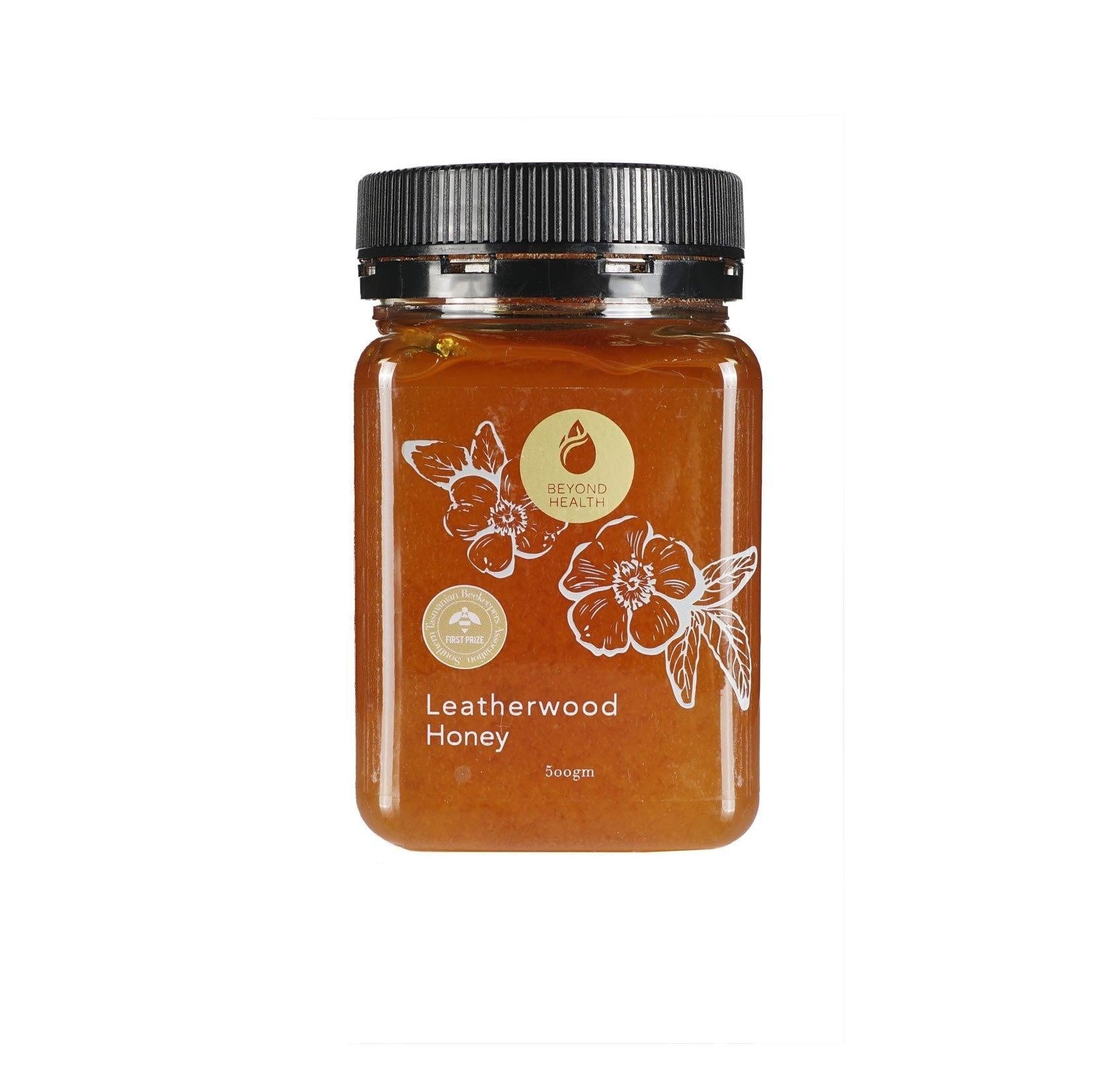Your shopping bag is empty
High Pulse, Low Blood Pressure
- Posted by: Enquiry Admin
- Comments: 0
- Categories: Health
- Tags:
- High Pulse
- Low Blood Pressure
High Pulse, Low Blood Pressure: Understanding the Relationship and Managing the Symptoms
Introduction
Maintaining optimal blood pressure is crucial for overall health and well-being. However, it is possible to experience a high pulse rate and low blood pressure simultaneously. This condition, often referred to as high pulse low blood pressure, can cause various symptoms and may hint an underlying health issue. Hence, we will explore the relationship between high pulse and low blood pressure, discuss the potential causes, and provide strategies for managing the symptoms. We will also highlight the importance of fitness, whole foods, weight loss, embolic stroke, eating green, nutrition, lower diastolic blood pressure naturally, and meditation in maintaining a healthy blood pressure balance.
Understanding High Pulse and Low Blood Pressure
High pulse rate, also known as tachycardia, refers to a heart rate that exceeds the normal range. On the other hand, low blood pressure, known as hypotension, occurs when the force of blood against the artery walls is lower than normal. While these two conditions may seem contradictory, they can coexist and lead to specific symptoms.
Symptoms and Causes
High pulse and low blood pressure can result in symptoms such as dizziness, fainting, fatigue, rapid breathing, and blurred vision. There are several potential causes for this condition, including:
Dehydration: Inadequate fluid intake can lead to low blood volume and subsequent low blood pressure. Dehydration can also cause the heart to beat faster, and cause a high pulse rate.
Medications: Certain medications, such as beta-blockers and calcium channel blockers, can cause a drop in blood pressure while simultaneously increasing heart rate.
Heart Conditions: Certain heart conditions, including arrhythmias, valve disorders, or a weak heart muscle, can result in both high pulse and low blood pressure.
Endocrine Disorders: Conditions like adrenal insufficiency or thyroid disorders can affect heart rate and blood pressure regulation.
Managing High Pulse and Low Blood Pressure
If you experience symptoms of high pulse and low blood pressure, it is important to consult with a healthcare professional for proper diagnosis and management. However, here are some strategies that may help:
Fitness and Regular Exercise:
Also, engaging in regular physical activity can improve cardiovascular health, strengthen the heart, and enhance blood pressure regulation. Incorporate activities such as walking, jogging, swimming, or cycling into your routine. [source: American Heart Association]
Whole Foods and Balanced Nutrition:
Adopting a balanced diet rich in whole foods, including fruits, vegetables, whole grains, lean proteins, and healthy fats, can support overall cardiovascular health. Avoid processed foods high in sodium and opt for nutrient-dense options. [source: American Heart Association]
Weight Loss:
If you are overweight or obese, losing weight through a combination of healthy eating and regular exercise can help improve blood pressure regulation. Therefore, aim for gradual, sustainable weight loss. [source: Mayo Clinic]
Sodium Intake to Prevent High Pulse Low Blood Pressure:
Limiting sodium consumption can help manage blood pressure. Avoid processed and packaged foods high in sodium and opt for fresh, homemade meals. [source: National Institutes of Health]
Hydration:
Ensure adequate hydration by drinking enough water throughout the day. Because, staying hydrated can help maintain blood volume and support blood pressure regulation.
Stress Management Techniques:
Chronic stress can contribute to high pulse and low blood pressure. Therefore, implement stress management techniques like meditation, deep breathing exercises, or mindfulness practices to promote relaxation. [source: Mayo Clinic]
Medication Adjustment:
If your high pulse and low blood pressure are caused by medications, consult with your healthcare provider to explore possible adjustments or alternatives.
Conclusion on High Pulse Low Blood Pressure
High pulse and low blood pressure can be challenging to manage, but understanding the underlying causes and implementing appropriate lifestyle changes can help alleviate symptoms and promote overall cardiovascular health. By focusing on fitness, whole foods, weight loss, embolic stroke, eating green, nutrition, lower diastolic blood pressure naturally, and incorporating stress-reducing techniques like meditation, you can support healthy blood pressure regulation. Also, remember to consult with a healthcare professional for personalized guidance and monitoring. With proactive measures and a comprehensive approach, you can strive for a balanced and healthy cardiovascular system.
Sources
- "Understanding Blood Pressure Readings" - American Heart Association. [https://www.heart.org/en/health-topics/high-blood-pressure/understanding-blood-pressure-readings]
- "Dietary Approaches to Stop Hypertension (DASH)" - National Heart, Lung, and Blood Institute. [https://www.nhlbi.nih.gov/health-topics/dash-eating-plan]
- "Physical Activity and Blood Pressure" - American Heart Association. [https://www.heart.org/en/healthy-living/fitness/fitness-basics/physical-activity-and-blood-pressure]
- "Healthy Eating Plan" - National Heart, Lung, and Blood Institute. [https://www.nhlbi.nih.gov/health/educational/lose_wt/eat/calories.htm]
- "Weight Loss: Choosing a Diet That's Right for You" - Mayo Clinic. [https://www.mayoclinic.org/healthy-lifestyle/weight-loss/in-depth/weight-loss/art-20048466]
- "Lower Your Blood Pressure Naturally" - National Institute on Aging. [https://www.nia.nih.gov/health/lower-your-blood-pressure-naturally]
- "Stress Management" - Mayo Clinic. [https://www.mayoclinic.org/healthy-lifestyle/stress-management/basics/stress-basics/hlv-20049495]
- "Meditation: A Simple, Fast Way to Reduce Stress" - Mayo Clinic. [https://www.mayoclinic.org/tests-procedures/meditation/in-depth/meditation/art-20045858]
Please note that the information provided in this article is for informational purposes only and should not replace professional medical advice.






